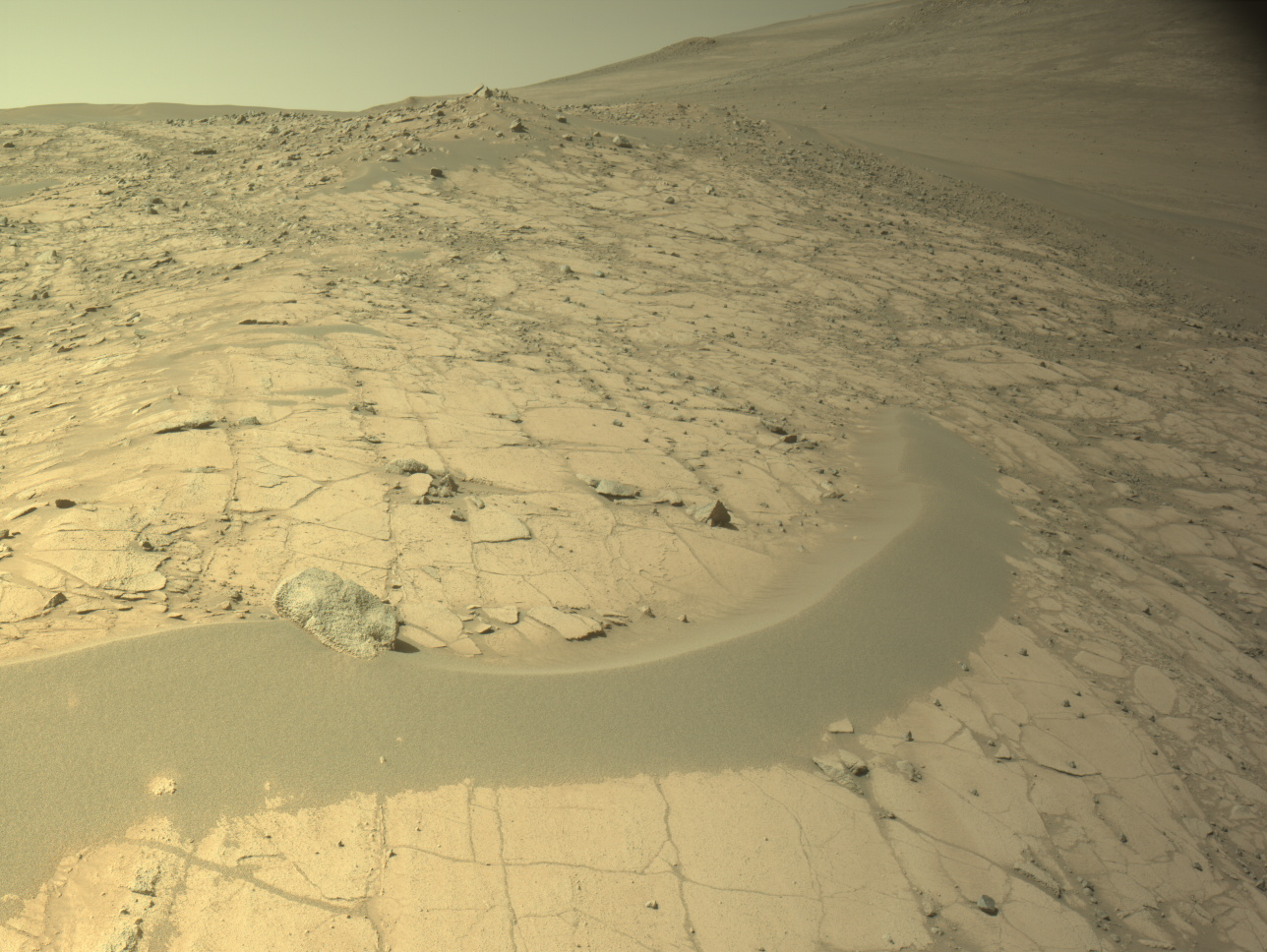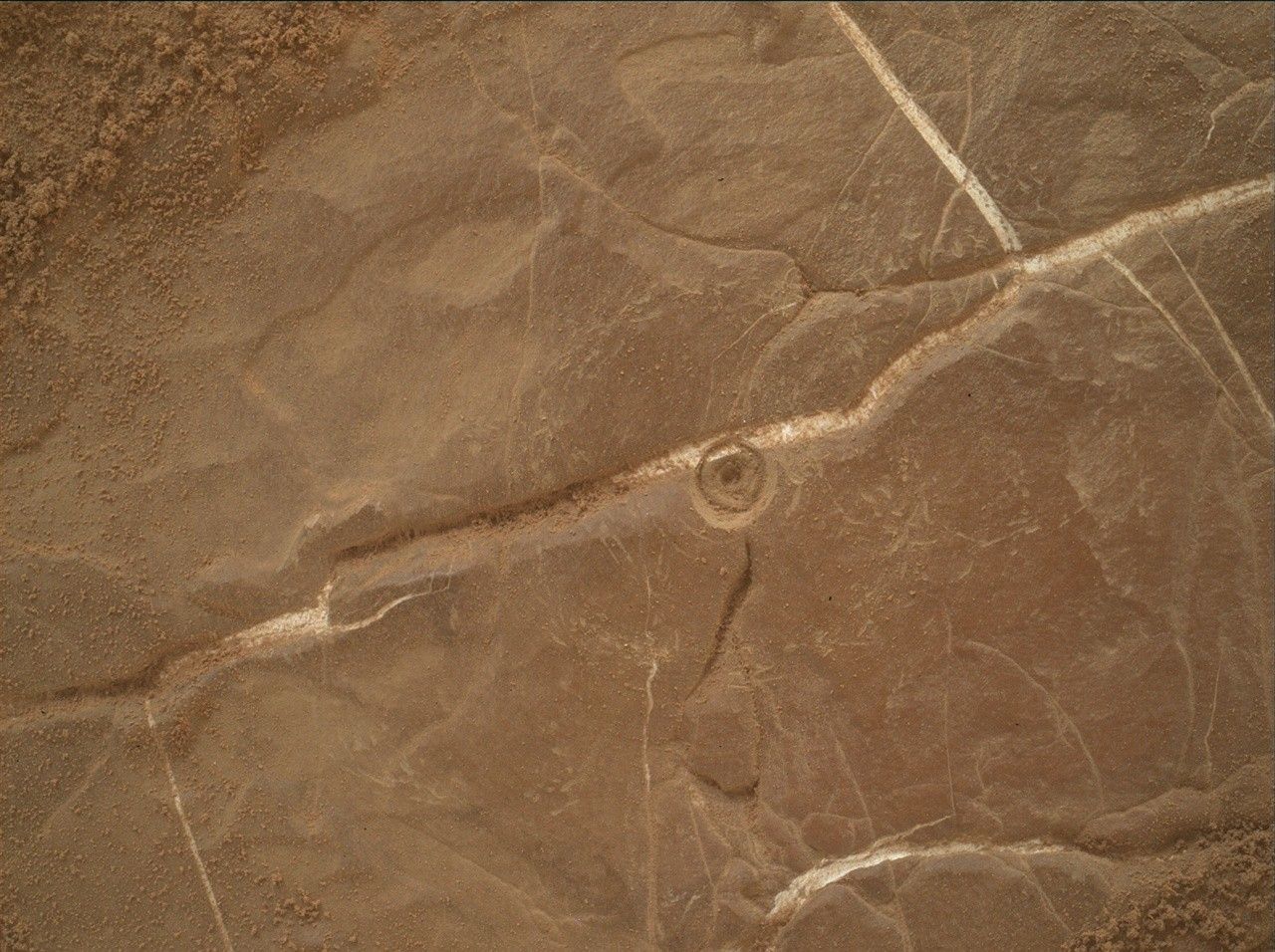In Memoriam: Berrien Moore III [1941–2024]
Berrien Moore III, Dean of the College of Atmospheric and Geographic Sciences at the University of Oklahoma (OU), director of the National Weather Center in Norman, OK, and Vice President for Weather and Climate Programs, died on December 17, 2024. Berrien earned an undergraduate degree from the University of North Carolina in 1963 and a doctorate […]
![In Memoriam: Berrien Moore III [1941–2024]](https://assets.science.nasa.gov/dynamicimage/assets/science/esd/earth-observer/2025/2025-in-memoriam/InMemoriam-Moore..jpg)
3 min read
In Memoriam: Berrien Moore III [1941–2024]

Berrien Moore III, Dean of the College of Atmospheric and Geographic Sciences at the University of Oklahoma (OU), director of the National Weather Center in Norman, OK, and Vice President for Weather and Climate Programs, died on December 17, 2024. Berrien earned an undergraduate degree from the University of North Carolina in 1963 and a doctorate degree from the University of Virginia in 1969. After graduating, he taught mathematics at the University of New Hampshire (UNH) and became tenured in 1976.
In 1987, Berrien became director of the Institute for the Study of Earth, Oceans, and Space (ISEOS) at UNH. NASA chose ISEOS to be one of the 24 founding members of the “Working Prototype Federation” of Earth Science Information Partners (ESIP) in 1998. Still active more than 25 years later, ESIP is now a thriving nonprofit entity funded by cooperative agreements with NASA, the National Oceanic and Atmospheric Administration (NOAA), and the U.S. Geological Survey, which brings together interdisciplinary collaborations (among over 170 partners) to share technical knowledge and engage with data users.
Berrien left UNH in 2008, to serve as the founding Executive Director of Climate Central, a think-tank based in Princeton, NJ, which is dedicated to providing objective and understandable information about climate change
Berrien moved to OU in 2010. Given his diverse academic, research, and career experience in global carbon cycle, biogeochemistry, remote sensing, environmental and space policy, and mathematics, Berrien was a natural choice to become the architect and principal investigator for the Geostationary Carbon Cycle Observatory (GeoCARB), a proposed NASA Earth Venture Mission that would have monitored plant health and vegetation stress throughout the Americas from geostationary orbit, probing natural sources, sinks, and exchange processes that control carbon dioxide, carbon monoxide, and methane in the atmosphere. While the mission was ultimately cancelled, the lessons learned are being applied to similar current and future Earth observing endeavors, e,g, NASA’s ECOsystem Spaceborne Thermal Radiometer Experiment on Space Station (ECOSTRESS) mission.
Berrien served on and chaired numerous government-affiliated scientific committees throughout his career. From 1995–1998 he served on the National Research Council’s Committee on Global Change Research, which produced the landmark report, “Global Environment Change: Research Pathways for the Next Decade.” In 2011, he was an author on the National Research Council’s (NRC) decadal survey, “Earth Science and Applications from Space: A Community Assessment and Strategies for the Future.”
Berrien participated on international scientific committees as well. From 1998–2002, he was the chair of the Science Committee of the International Geosphere Biosphere Programme (IGBP). He was also a lead author within the Intergovernmental Panel on Climate Change’s Third Assessment Report, which was released in 2001.
Berrien served in several roles specific to NASA, including as a committee member and later chair of the organization’s Space and Earth Science Advisory Committee. He served as Chair of the Earth Observing System (EOS) Payload Advisory Committee, member and Chair of NASA’s Earth Science and Applications Committee, and member of the NASA Advisory Council. He was also active at NOAA, having chaired the agency’s Research Review Team and served on the Research and Development Portfolio Review Team for NOAA’s Science Advisory Board.
Berrien received NASA’s highest civilian honor, the Distinguished Public Service Medal, for outstanding service and the NOAA Administrator’s Recognition Award. He also received the 2007 Dryden Lectureship in Research Medal from the American Institute of Aeronautics and Astronautics and was honored for his contributions to the IPCC when the organization received the 2007 Nobel Peace Prize.
What's Your Reaction?









































